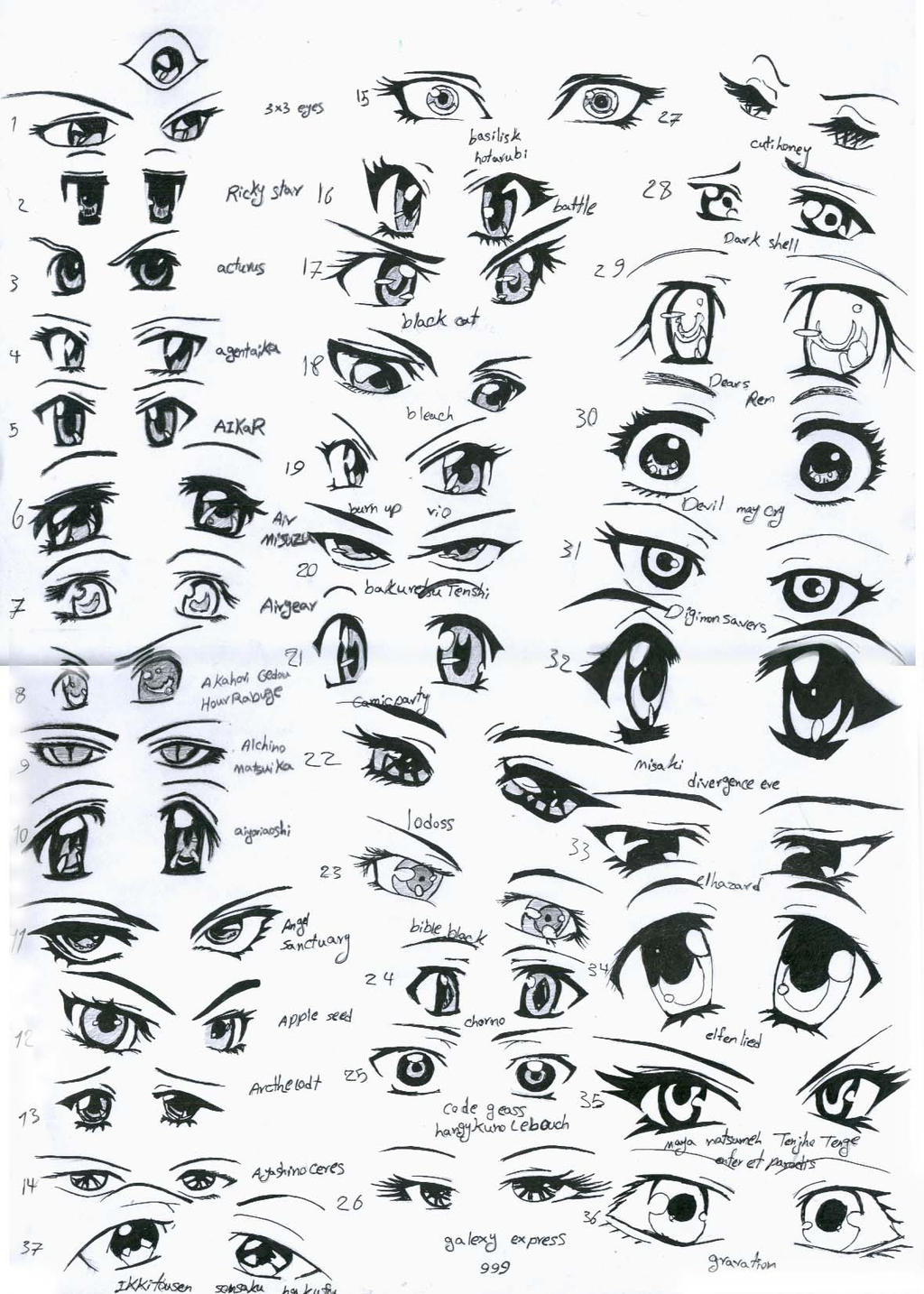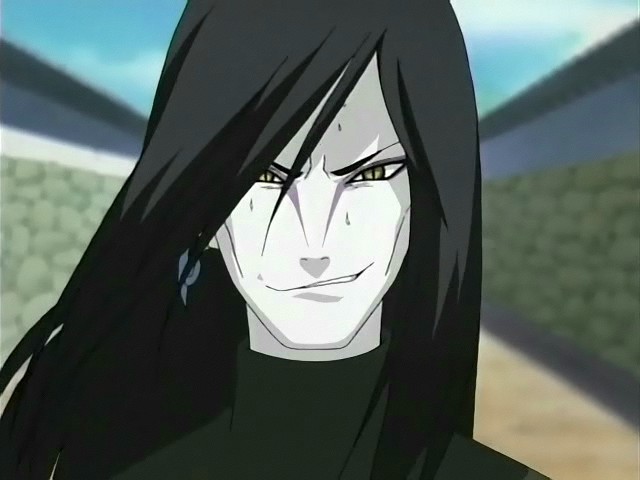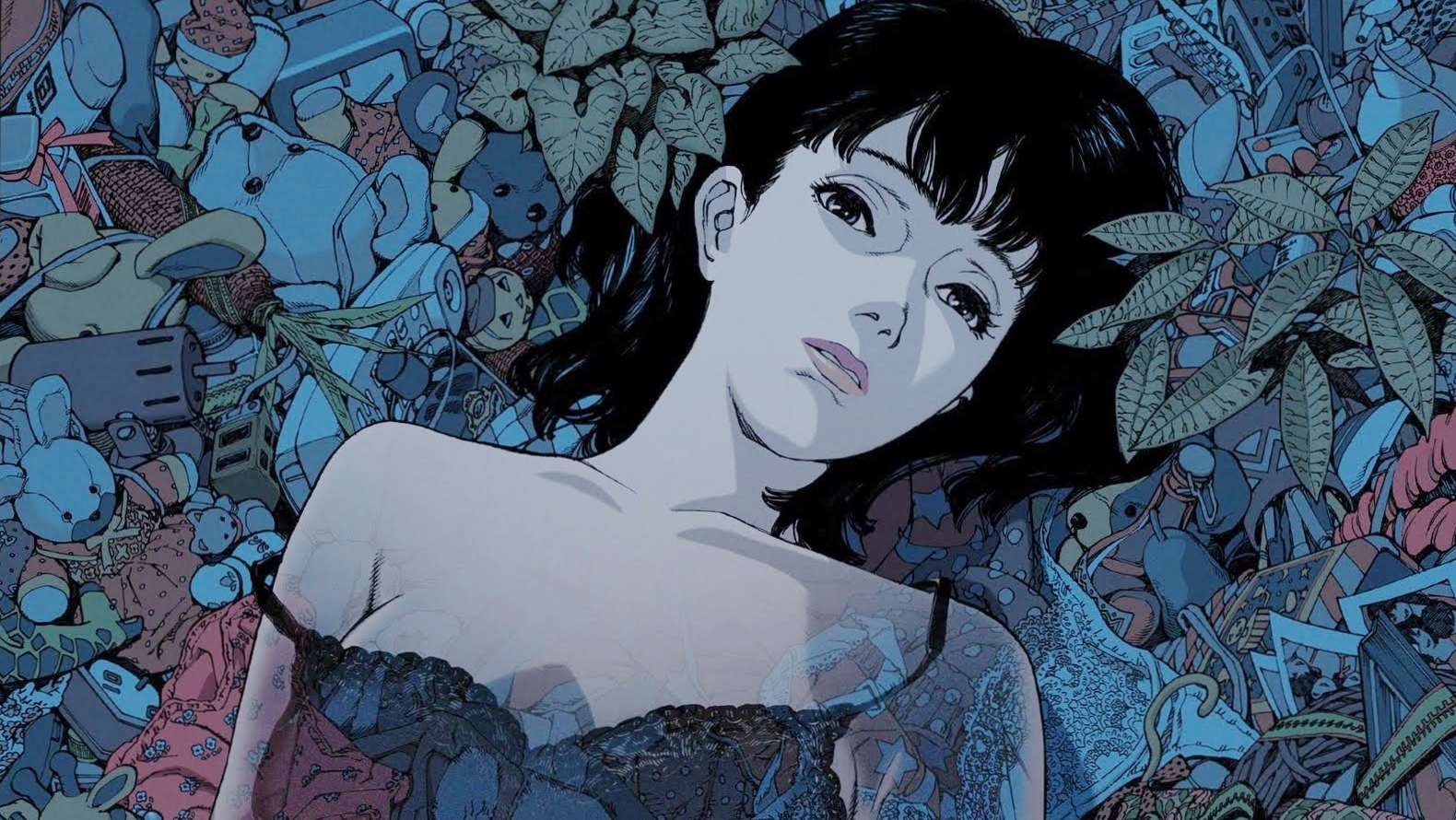Introduction
In a world where people are constantly busy, stressed, and agitated, it’s important to relax. And in a society where day-to-day life can suck the soul out of you, some need to return to a state of calmness so that they can face each day without feeling like total shit. The feeling of oppressive deadlines and stressful exams only get worse during times such as now, when finals week is at our door.
This is how the Iyashikei genre was born in the late 1990s in Japan. Literally meaning “healing kind”, it emerged in the aftermath of two devastating tragedies: the Kobe earthquakes and the Aum Shinrikyo subway gas terrorist attacks. Along with economic recession, these national traumas led to the idea of “calm” being marketable. It also coincided with the trend towards using technology for mood regulation. Ambient music and ambient literature has risen in usage and creation since the 90s as a result of this.

Iyashikei also uses the Japanese concept of “mono no aware“, a feeling characterized by the awareness of impermanence, to find beauty in any mundane situation. Iyashikei uses elements of nostalgia and melancholy to evoke emotions from the viewer. It also generally mixes in happy emotions to provide uplifting sentimentality for the viewer. Slow and steady, literature, music, and anime labeled as iyashikei often forgo any sort of tension, instead attempting to bring about an emotional catharsis for the consumer by creating a beautiful and calming experience. The goal of Iyashikei is to leave the viewer refreshed and a happier person as a whole.

A Distinction
When I say that literally nothing happens, you might be thinking of a episodic show like Friends or Seinfeld. They crack a few jokes, something dumb happens, and everything resets. But when I mean that there’s no tension in iyashikei anime, I mean that even comedic tension is often skipped. Rather than making a viewer roll on the floor in laughter, iyashikei intends to bring out a small smile or chuckle. Iyashikei chooses to focus on their setting and their characters, de-emphasizing the sense of narrative often found in other media. Of course, an overarching plot can be found, but it’s more about the journey than the destination.

One thing that iyashikei anime does incredibly well is the usage of colors. Color palette is extremely important, as it draws the “involuntary attention” of the viewer and immerses them into the landscape of the anime. By using bright and pleasing color palettes, the viewer’s eyes are relaxed. Even just physically, my eyes sometimes have to squint in order to make out things in a darker palette. Compare some screencaptures of iyashikei anime versus plot based anime/TV.




Obviously in addition to beautiful visuals, it’s important for an iyashikei anime to have standout soundtracks in order to immerse the viewer into the anime’s universe. Hopefully you understand what I mean from all the OSTs I’ve showed you in between sections.
Lastly and perhaps most importantly, is how iyashikei paces itself. It’s slow. You would have to watch an iyashikei anime to understand it, but the reason why the episodes move slowly is to give the viewer time to breathe. Again, by slowing down the pacing of the jokes, the events, and the character interactions, iyashikei achieves its goals of relaxation and refreshment.
Unique
I think that iyashikei is really interesting because it is uniquely a subset of Japanese media. No other country has the same kind of genre in its media. As the Japanese work-life balance stays so brutal, iyashikei media is coming out in greater numbers, and it’s interesting to see how this unique genre can say a lot about the society it comes from.

It’s sort of hard to understand why someone would want to watch a show where almost nothing happens, but it’s a difference of cultures that is pretty cool and I hope I shed some light and interested you in the idea of iyashikei.

Thanks for reading!
Sources: (probably the only time you’ll ever see academic papers here)
Roquet, Paul. “Ambient Literature and the Aesthetics of Calm: Mood Regulation in Contemporary Japanese Fiction.” The Journal of Japanese Studies, vol. 35, no. 1, 2008, pp. 87-111.
Matsui, Takeshi. “Institutionalization of Consumer Needs: The Case of
the “Healing Boom” in Japan” 2008-01.
Some absolutely amazing essays on Reddit:



















